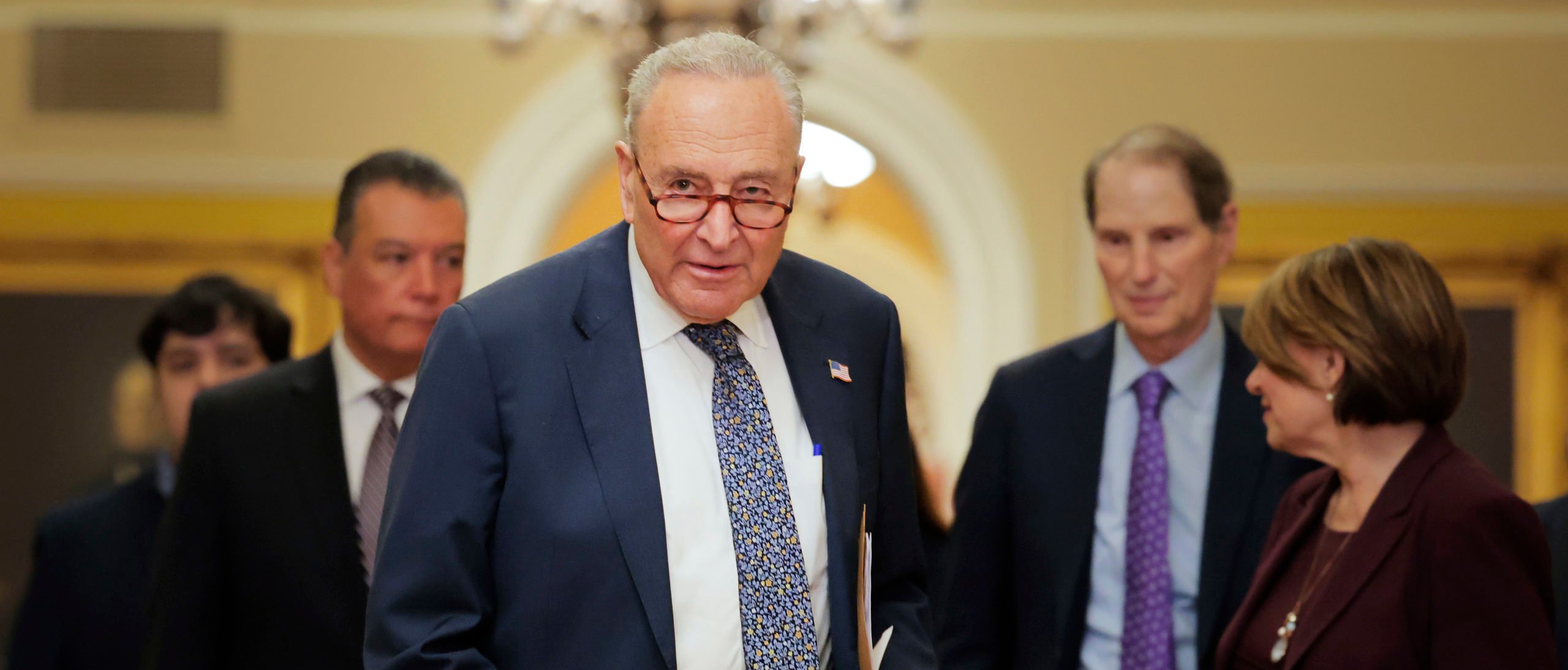U.S. Treasury yields experienced a notable ascent on Wednesday, a direct reflection of investors keenly scrutinizing the potential far-reaching implications of President Donald Trump’s ambitious “big beautiful bill.” This significant legislative package, a cornerstone of the administration’s economic agenda, stirred market dynamics as its narrow passage through the Senate signaled an impending shift in national fiscal policy. The immediate aftermath saw the 10-year yield climb over 3 basis points to 4.282%, while the 30-year bond yield also increased by 3 basis points to 4.814%, and the 2-year note yield edged up over one basis point to 3.793%, indicating a broad re-evaluation of fixed income assets in the face of anticipated changes.
The journey of this monumental spending bill through Congress has been marked by intense political maneuvering and significant division. It narrowly cleared the Senate with a decisive 51-50 vote on Tuesday, a testament to the polarized opinions surrounding its projected economic impact. Attention has now squarely shifted to the House of Representatives, where the proposed legislation faces continued, albeit diminished, resistance from certain Republican lawmakers. Despite this internal opposition, President Donald Trump has publicly expressed his strong desire for the bill to be enacted and signed into law by the symbolic date of July 4th, pushing for swift resolution.
The core of investor apprehension stems from the profound economic projections associated with this “megabill.” It is anticipated to contribute an additional $3.3 trillion to the nation’s fiscal deficit over the next decade. Such a substantial increase in national debt inherently raises questions about future inflation, government borrowing needs, and the long-term health of the US Economy. This potential expansion of the deficit is a primary driver behind the rising Treasury yields, as bond investors demand higher returns to compensate for perceived increased risk and future supply of government debt.
Market analysts are already bracing for sustained volatility. Jose Rasco, CIO of HSBC Global Private Banking and Wealth Management Americas, articulated this sentiment on “Closing Bell: Overtime,” stating, “We expect to see more volatility in fixed income, even once they get the bill passed, whatever that looks like.” However, Rasco also offered a more optimistic long-term outlook, suggesting, “Once these things get resolved and once the [Federal Reserve] gets back in gear, there’s a lot of upside here.” This perspective underscores the current market uncertainty, which is heavily influenced by both legislative outcomes and the future direction of monetary policy.
Beyond the immediate legislative saga, investors are also closely monitoring several other critical economic indicators and policy developments that could influence Treasury yields and the broader US Economy. The impending expiration of President Trump’s 90-day pause on some of the highest tariffs, set for next week, introduces another layer of trade policy uncertainty. Furthermore, market participants eagerly await the release of the nonfarm payrolls report for June on Thursday, a key piece of economic data that will provide fresh insights into the labor market’s health. The bond market’s closure on Friday for Independence Day adds a final contextual element to the week’s financial calendar.
The confluence of a significant spending bill with its substantial deficit implications, ongoing political negotiations, and other crucial economic data points creates a complex landscape for the US Economy and its fixed income markets. The rise in Treasury yields is a clear signal of investor recalibration, as they weigh the short-term impact of heightened government spending against the long-term prospects and the Federal Reserve’s potential responses. As the “big beautiful bill” progresses, its journey through the legislative process will continue to be a primary determinant of market sentiment and economic direction.
Discover more from The Time News
Subscribe to get the latest posts sent to your email.



